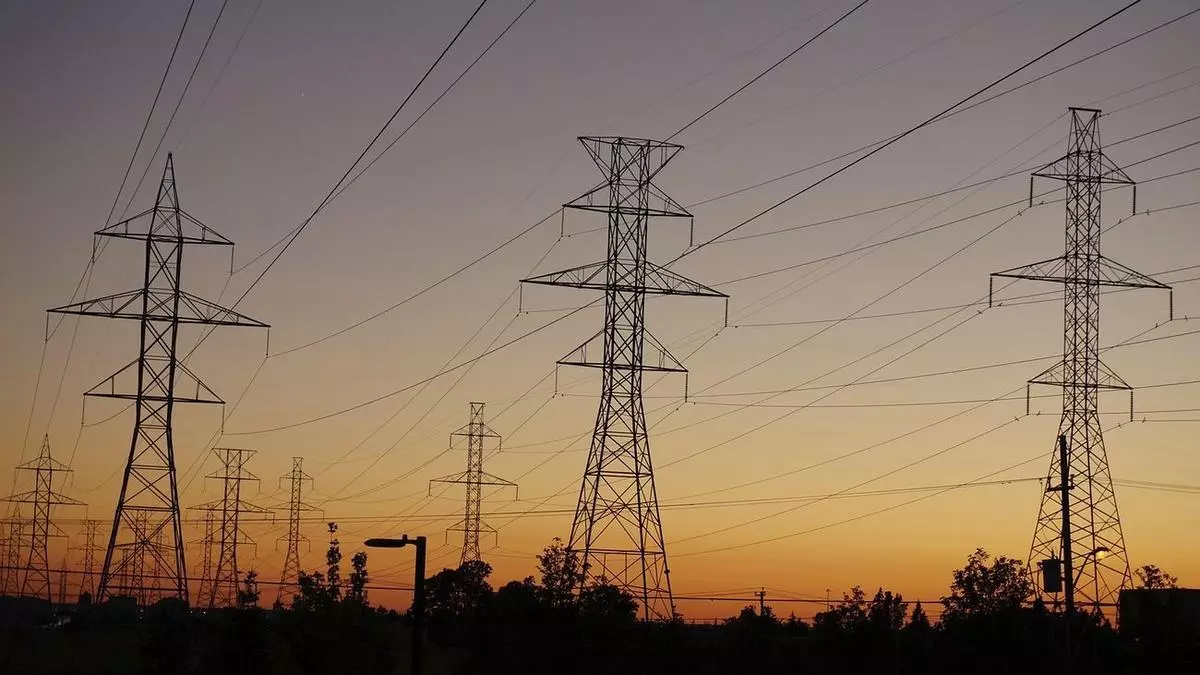Mumbai :
For the past few years dust induced wear and tear has led to premature overhauls of LEAP- 1A engines that power the Airbus A320neo aircraft.
For airlines including Air India and IndiGo this has meant flight disruptions and added costs.
However now there is relief for the airlines as CFM International has improved the durability of the engine promising better over wing time and less groundings.
Following tests and trials, US Federal Aviation Administration and European Aviation Safety Agency have certified the updated high pressure turbine durability kit for the LEAP-1A engines.
“Engine reliability and durability are of the utmost importance to airlines in India,” said Cyril Catherine, vice president of sales, India & Asia Pacific at Safran Aircraft Engines.
“Our latest generation LEAP engines already offer high efficiency and reliability, and low noise and emissions. With today’s improvements, we’re addressing our customers’ expectations for a longer time between overhauls,” he said.
50:50 joint venture
CFM International is a 50:50 joint venture between GE Aerospace and Safran. While Air India received its first CFM engine powered A320neo aircraft in 2017, IndiGo took its first delivery in 2020. Prior to that all IndiGo A320neo planes were powered by Pratt & Whitney engines.
Aircraft engines operating in West Asia, North Africa and South Asian countries are more susceptible to wear and tear caused by dust particles than those in use in Europe or the US.
“Typically engine deterioration is detected in a boroscopic inspection. The engine is removed based on OEM’s advice. Sometimes it may need immediate removal or it can be removed after a certain number of hours based on the condition. Once removed it is sent to a repair shop overseas. An engine overhaul can take anywhere between ten to thirty days including its transport,” said an aviation source.
Parts like high pressure turbine blades are replaced after thousands of hours in ordinary course. Early wear and tear meant these were overhauled much sooner. In some cases the engines were sent for overhaul in 15-18 months, he said.
Development of the durability kit was done after analysing millions of hours of field data, concocting a homemade compound that mimics the effects of the earthly dust particles and subjecting a series of LEAP-1A engines to a battery of dust ingestion simulations in test cells..
The tests enabled engineers to make changes like optimising the casting and cooling of the high pressure turbine blade and improving the design of the blade tip and trailing edge. Adjustments were also made in the HPT stage 1 nozzle and forward inner nozzle support to ensure that the whole system is more durable.







Leave a Comment